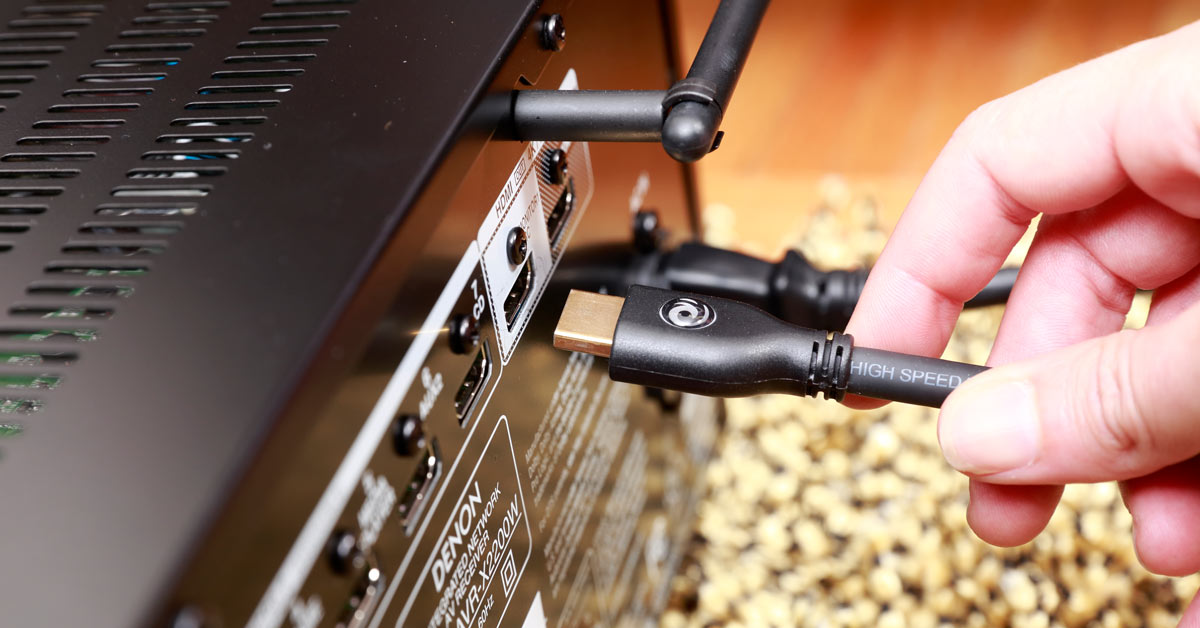
7 Qualities of a Good HDMI Cable
HDMI cables are the backbone of modern home entertainment and computing systems in the vast audio-visual connectivity landscape. Whether streaming high-definition content, gaming, or connecting various devices, the HDMI cable delivers a seamless and immersive experience.
However, not all HDMI cables are created equal, and discerning consumers should be aware of the qualities that distinguish a good HDMI cable from the rest.
Qualities of A Good HDMI Cable
If an HDMI cable possesses the following qualities, it can be labeled a good-quality cable.
1. High Data Transfer Rates
One of the most crucial qualities of a good HDMI cable is its ability to support high data transfer rates. HDMI cables come in different versions, such as HDMI 1.4, HDMI 2.0, and HDMI 2.1. Each version offers increased bandwidth, enabling higher resolutions and refresh rates. If you’re working with 4K content, gaming consoles, or other high-performance devices, ensure that the HDMI cable supports the data transfer rates to deliver optimal picture and sound quality.
2. Resolution Support
The ability to transmit high-resolution content is paramount in today’s multimedia landscape. A good HDMI cable should support the resolution requirements of your display device. For example, HDMI 2.0 and HDMI 2.1 cables are designed to handle 4K and even 8K resolutions, providing crystal-clear images on compatible displays. Always check the cable specifications to ensure it meets the resolution needs of your setup.
3. HDR (High Dynamic Range) Compatibility
HDR enhances images’ contrast and color range, producing more vibrant and lifelike visuals. A quality HDMI cable should be capable of transmitting HDR content. HDMI 2.0 and HDMI 2.1 cables are equipped to handle HDR formats, delivering an enhanced viewing experience. When investing in an HDMI cable, especially for home theaters or gaming setups, prioritize HDR compatibility for superior picture quality.
4. Build Quality
Durability is a key factor in determining the lifespan of an HDMI cable. Look for cables with sturdy connectors and a robust outer jacket. Gold-plated connectors are often preferred for their corrosion resistance and improved signal transfer. A well-built cable not only ensures a reliable connection but also reduces the risk of signal degradation over time.
5. Length Considerations
While wholesale HDMI cables come in various lengths, choosing the right length for your specific setup is important. Longer cables may experience signal degradation, leading to issues such as visual artifacts or audio dropouts. If you need a longer cable, consider an active HDMI cable, which incorporates electronics to boost the signal and maintain optimal performance over extended distances.
6. Ethernet and Audio Return Channel (ARC) Support
Some HDMI cables include features like Ethernet support and Audio Return Channel (ARC). Ethernet support allows internet connectivity between HDMI-connected devices, while ARC enables audio transmission from your display back to your audio system over the same cable. Consider these features based on your specific needs and setup requirements.
7. Brand Reputation
As with any electronic accessory, the reputation of the manufacturer matters. Established brands are more likely to adhere to quality standards and provide reliable products. Read reviews and consider recommendations from trusted sources to ensure you choose a reputable brand for your HDMI cable needs.
Conclusion
Selecting a high-quality HDMI cable is essential for maximizing the potential of your audio-visual equipment. By prioritizing qualities such as data transfer rates, resolution support, build quality, and additional features, you can ensure a reliable and immersive multimedia experience. Keep in mind the specific requirements of your devices and set up to make an informed decision when investing in an HDMI cable.







